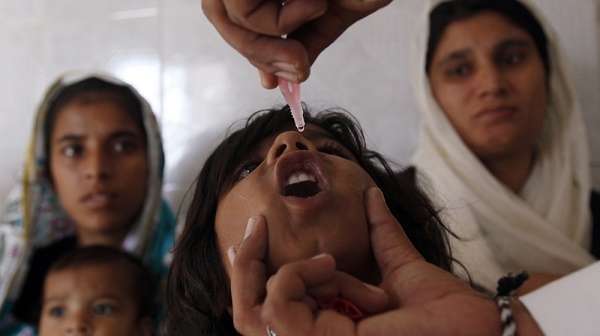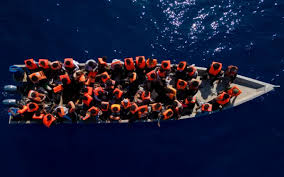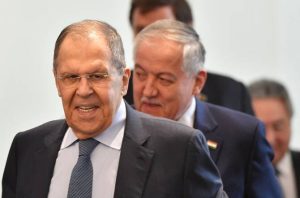COVID-19 and immunization gap in Pakistan: fear drives for forthcoming spikes

Coronavirus disease 2019 (COVID-19) pandemic has shut down the world, experiencing a global recession, implementing severe travel restrictions, and slowing down the supply of routine necessities.1 After World War II, it is an unprecedented challenge faced by humanity, infecting 61.8 million people worldwide with a death toll reaching up to 1.4 million, by date 29 November 2020.2 In our compelling need to focus on COVID-19, health authorities may lose sight of other existing epidemics, and the tally of morbidity and mortality will be increased ultimately.3, 4, 5 The massive spread of COVID-19 has become a significant hitch for the current medical field. However, the virus puts extreme pressure on the current dilapidated systems in developing countries.1 Dreadfully, in Pakistan, where there are still inadequate health services, and a pandemic is still on the shore, bearing 0.35 million COVID-19 cases and 7000 deaths so far could leave a significant scar.
Status of vaccinations carried out in the Pakistan from year 2014 to 2019
Pakistan is the fifth most populous country, bearing a total population of about 200 million with a growth rate of about 2.04%. Such an abrupt increase in population rate brings immense pressure on the health care system.8 Meanwhile, the Pakistani government was decided to suspend vaccination services to limit the local transmission of COVID-19, which has prompted an upswing of a variety of infectious diseases such as polio and measles.9 The current pandemic causes significant distortions in Pakistan’s immunization programs; thus, vaccine-preventable illnesses are becoming a snag for the health care system. Existing immunization protocols were severely affected during the implementation of COVID-19 lockdown.
Declining immunization campaigns were seen worldwide, particularly in developed countries, which are already facing financial constraints, lack of medical equipment, and primary health facilities.
In accordance with a UNICEF report, the vaccination rate dropped to half during the pandemic lockdown. Moreover, ghettos and impoverished communities are more affected; lockout vaccination gaps lead to an extreme infant immunization burden, exacerbating global immune deficits.9 Startlingly, territories with inadequate vaccination are at risk of wild-type poliovirus re-emergence, which will disrupt all past polio strategy policies.
Pakistan is still endemic to wild-type poliomyelitis (WPV) and circulating vaccine-derived poliomyelitis (c VDPV2).
(a): COVID-19 cases in different areas of Pakistan till December 2020.
(b) Prevalence and of different vaccines-preventable diseases found in Pakistan (2019).11
The pandemic hits hard and poses alarming threats to health care professionals regarding the severity of postpandemic era challenges. Immunization affected by a pandemic is also of prime importance as it provokes out eradicated viral infections such as measles.11 Measles vaccination programs follow routine immunization strategies to prevent infection of children who do not have routine health care facilities.15 Dreadfully, about 120 million children from 37 countries have missed measles immunization this year because of COVID-19.16 In a Third-World country like Pakistan, measles could have fatal consequences; thus, the continuation of reporting and investigation should be mandatory for the health care–supporting systems. A study reported higher measles cases from January 2020 to March 2020 compared with 2019 in the COVID-19 lockdowns.17
COVID-19 lockdown implemented by the government to protect masses against COVID-19 virus might aid widespread vaccine-preventable disease, posing a burden on a health care infrastructure on the verge of collapse. To resolve these vaccine-preventable diseases, urgent action is required to deter potential health disasters. Government and competent authorities must actively implement immunization programs in accordance with all preventive measures and standard operating procedures established by the WHO and UNICEF to reduce the spread of COVID-19.





